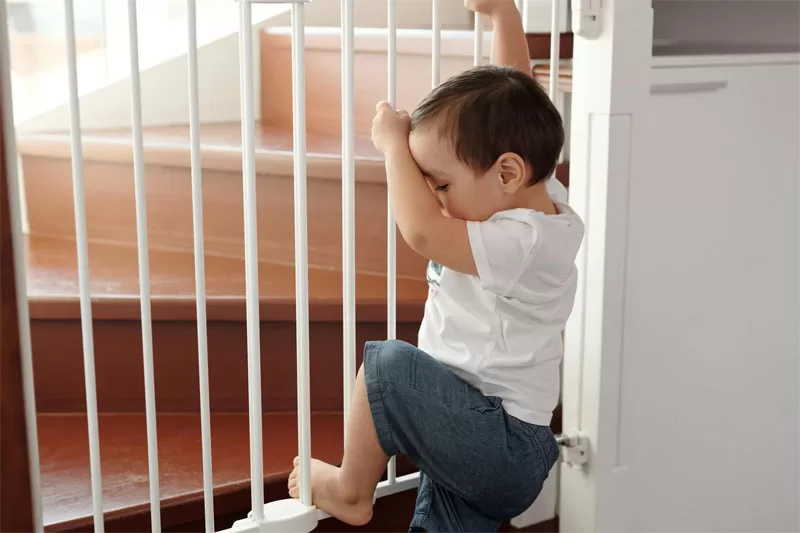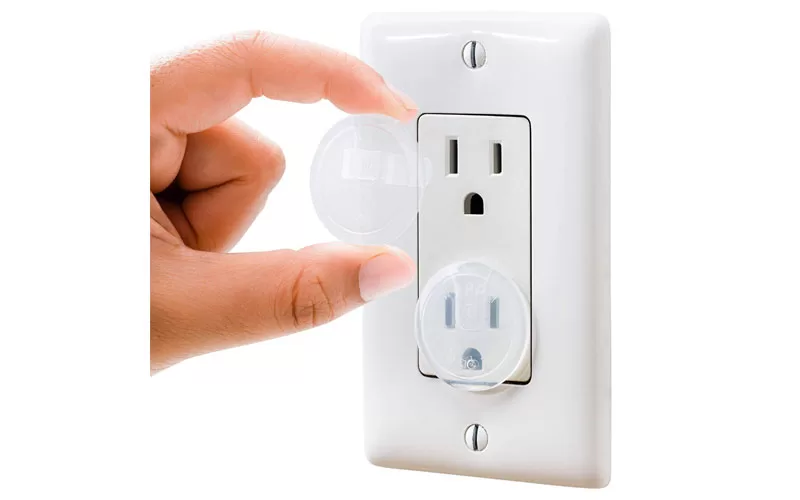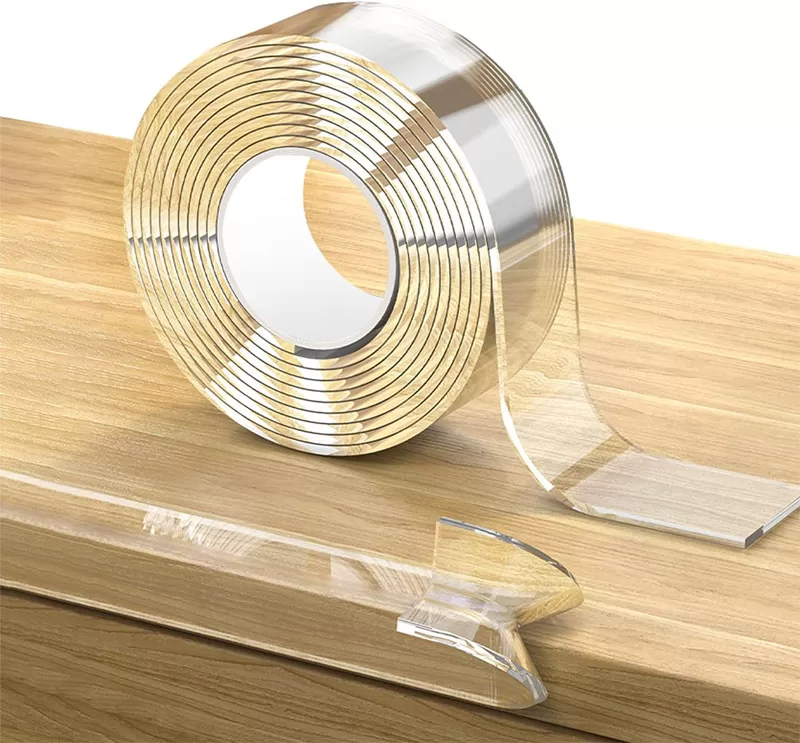
Tips to Childproof Your Home
Having children can be an exciting yet daunting experience for first-time parents especially when you’re in the process of preparing your home for a newborn. Parents need to create a safe environment for children to grow up in and it all begins in your very own dwelling. There are countless childproofing resources and information on potential hazards around your home that can be found online, but here are some common safety risks that every parent should take into consideration and learn how to childproof your home.

Secure Stairs With A Baby Gate
If you live in a multi-story home, stairs can be dangerous areas, especially for young children who are robust crawlers or are learning how to walk. The best way to secure staircases is by installing a safety gate at the top and bottom of the stairs to minimize the risk of babies climbing and falling from staircases. Additionally, if your stairway railings are wider than four inches, you could also install a mesh fabric netting which will protect children from crawling through them or getting stuck.

Cover Outlets
Inquisitive children have a tendency to play and explore their surroundings using their hands and feet which makes exposed electrical outlets particularly dangerous as they’re normally found very close to the floor. To avoid any risk of electrocution, child safety experts recommend using a tamper-proof outlet cover which is durable and difficult to remove.
Hide Electrical Cords
Do you have electrical cords or cables strewn about your home? It might be time to consider hiding them from sight or making them inaccessible to children as they could potentially trip or entangle themselves, causing serious injuries. Ensure that excess cable or cords are always coiled up and hidden behind cabinets and use twist ties to ensure that they remain closely wrapped up. Be sure to also store away unused mobile phone chargers in places that your toddler can’t get to.

use Protector Strips for Sharp Edges
Active toddlers who love to roam about the house are prone to bumping into objects, especially furniture pieces such as coffee tables or benches. Do lessen the risk of sharp corners hurting your little ones by installing corner guards or using edge cushions to protect them from bumps, cuts, and bruises. Alternatively, you can also reposition certain tables to ensure that the pointy ends are faced away from where your child would usually crawl or walk.
Do remember that childproofing is an ongoing process as you’ll continuously find new hazards as you familiarize yourself with adjusting your home for a little one. A good rule of thumb is to never leave your child unattended when they are learning to move about. Keep in mind that the childproofing products that have been mentioned above are not meant to substitute supervision and that an attentive eye is the safest way to protect your child from harm.
Leave a Reply